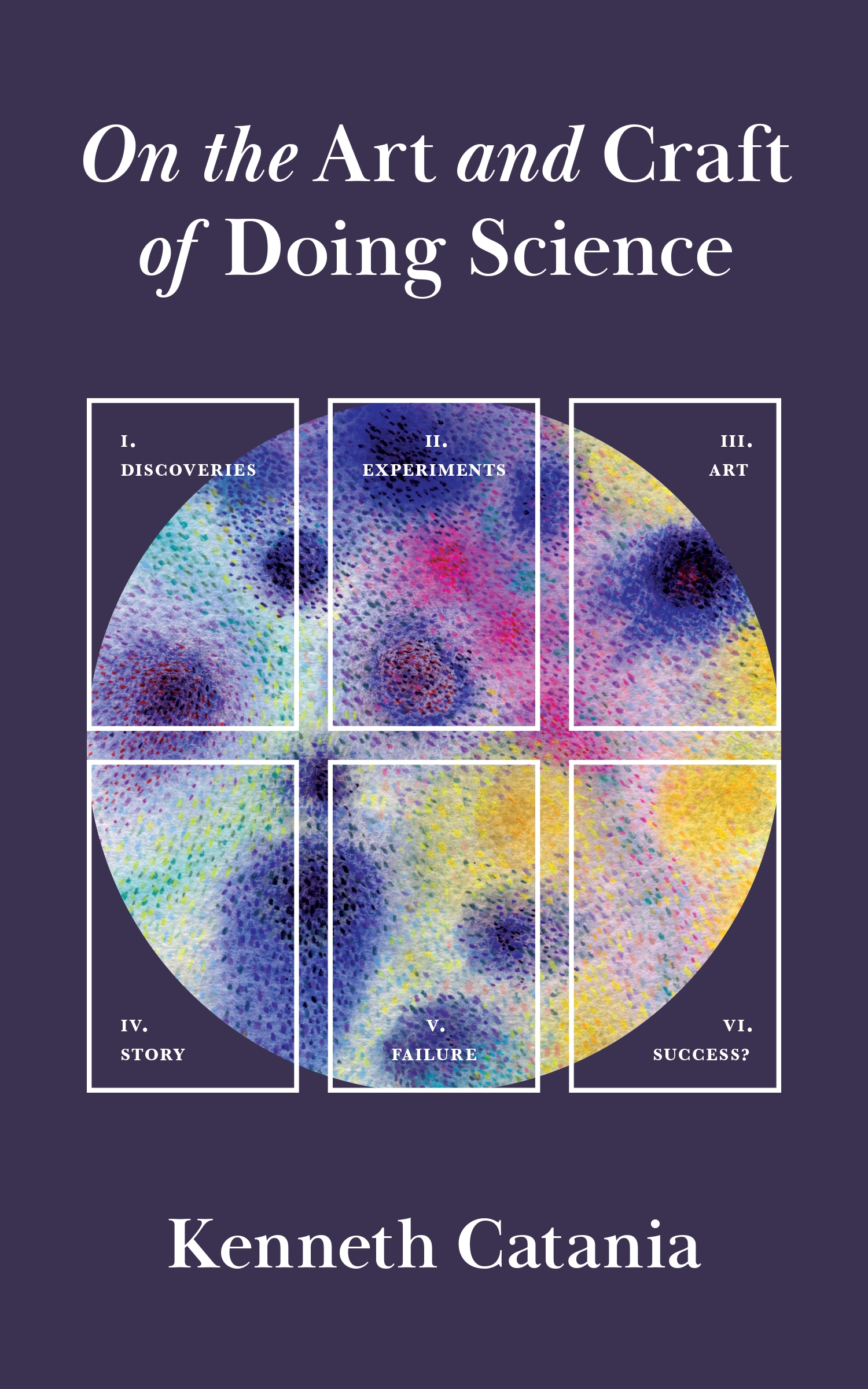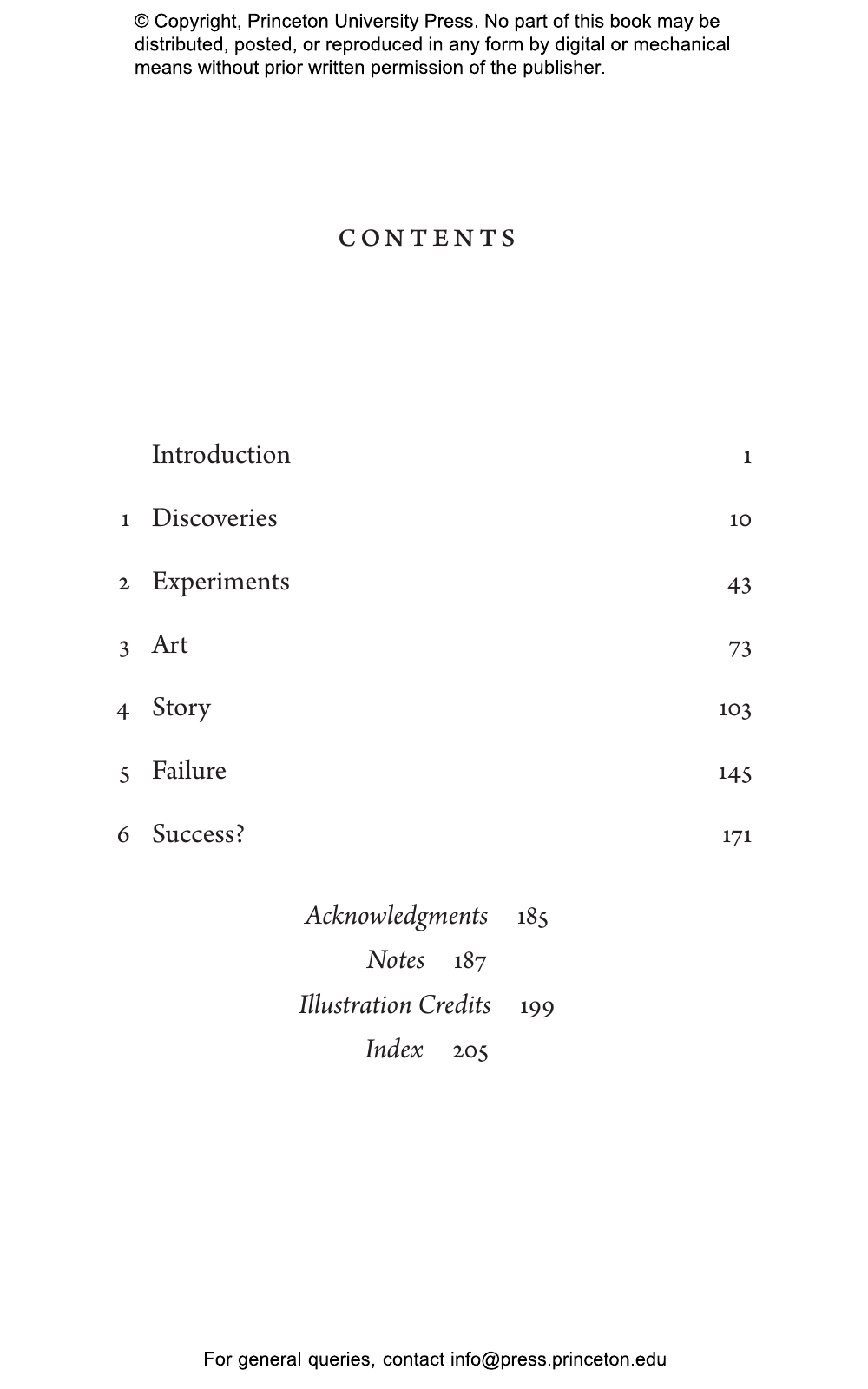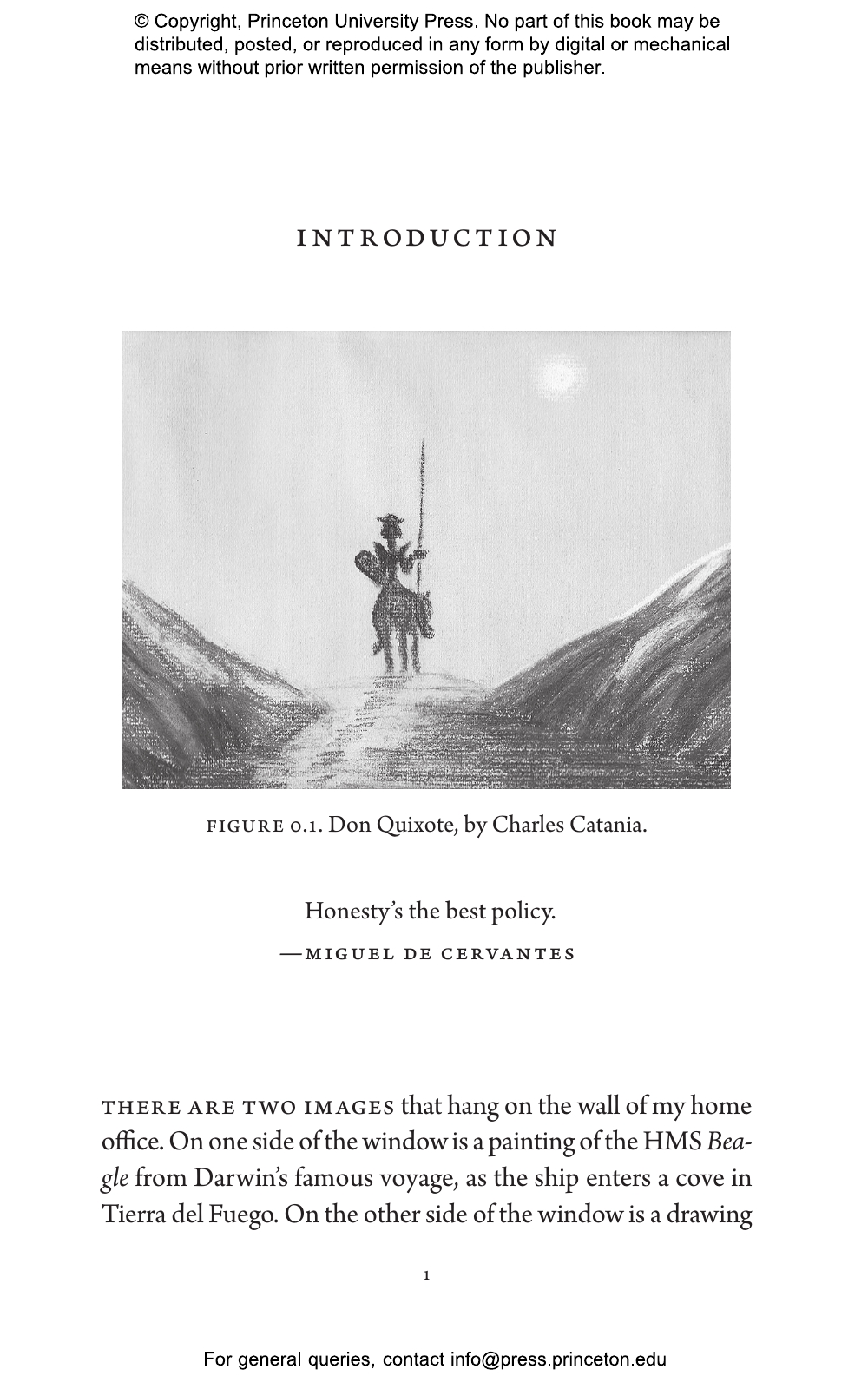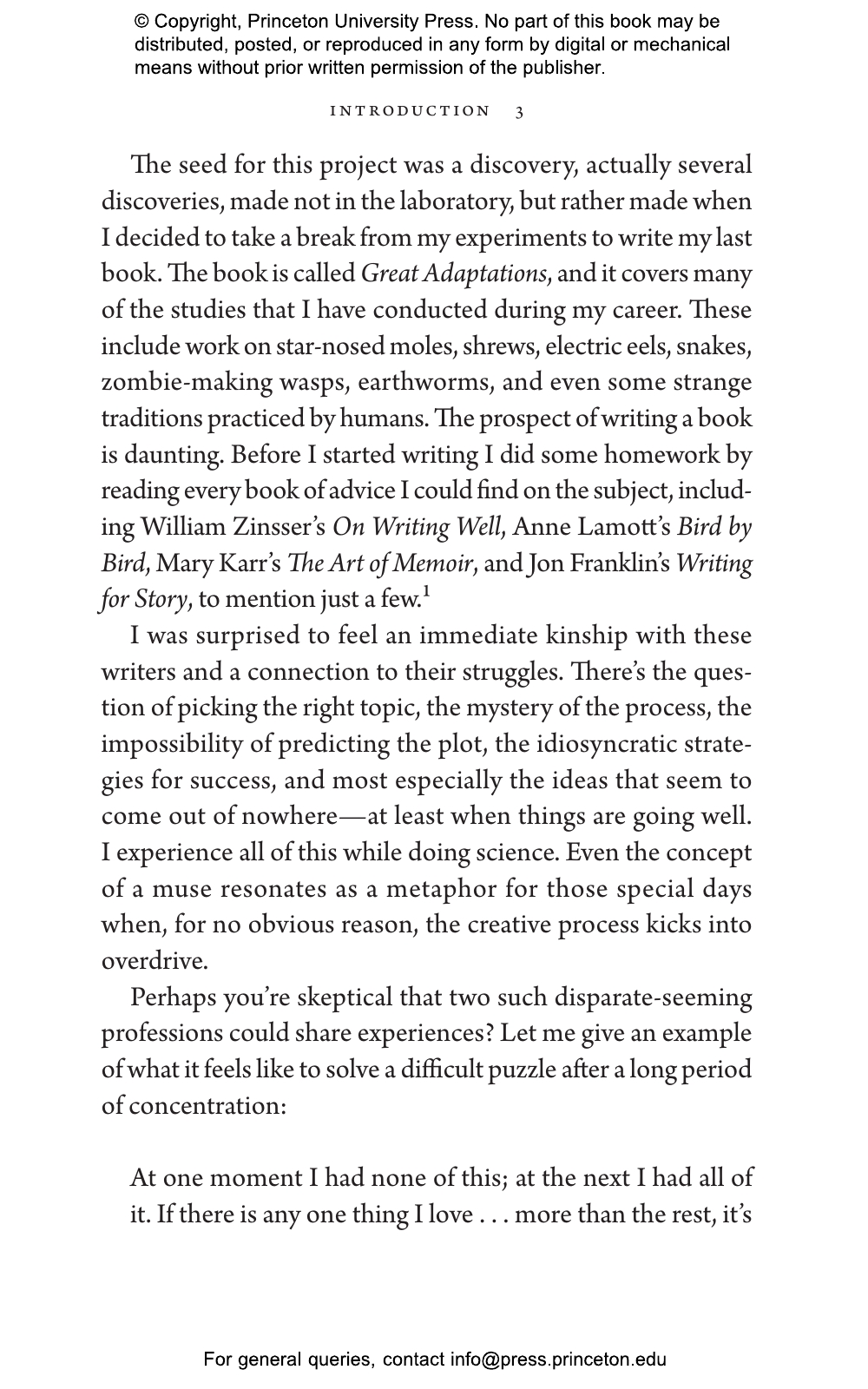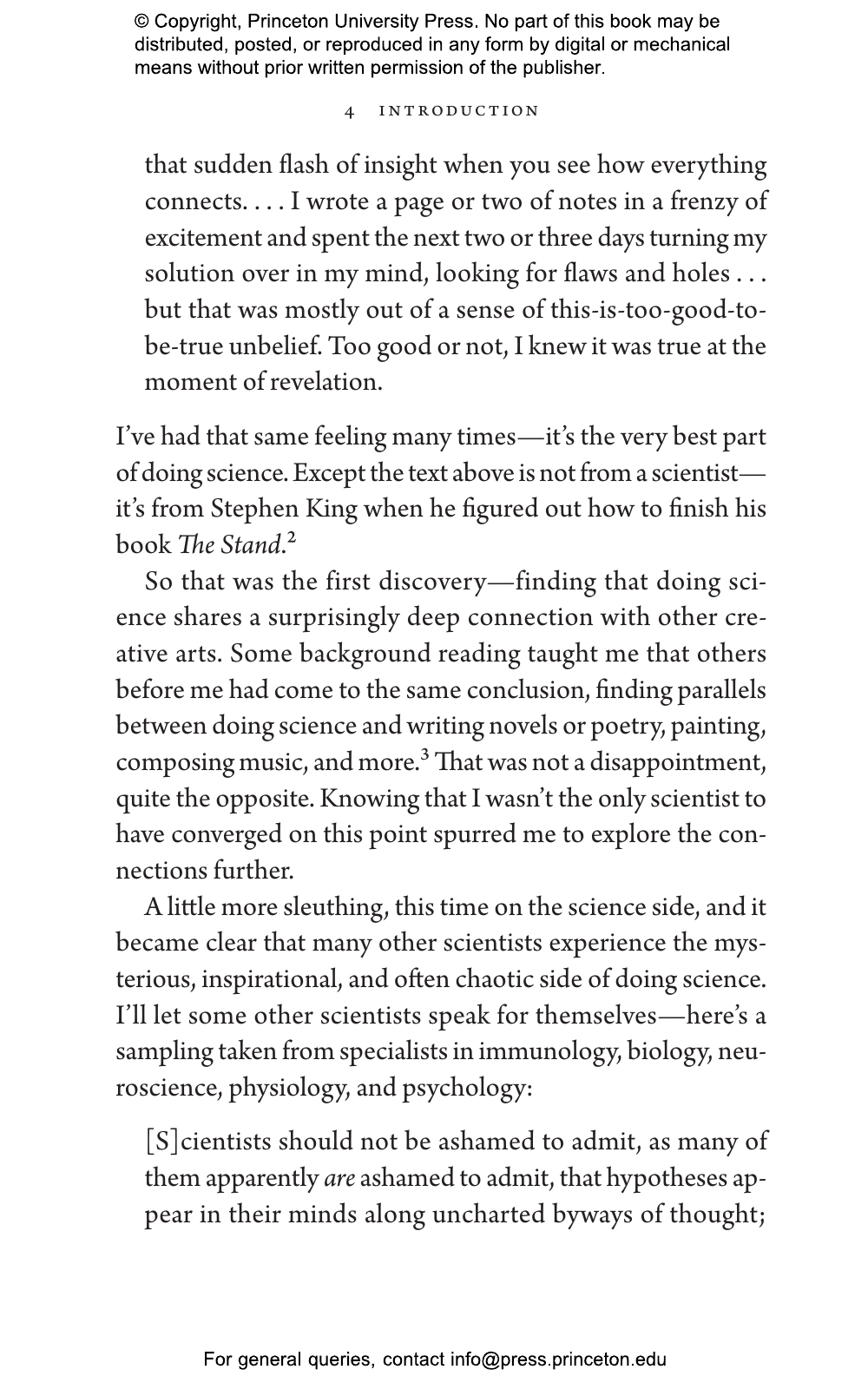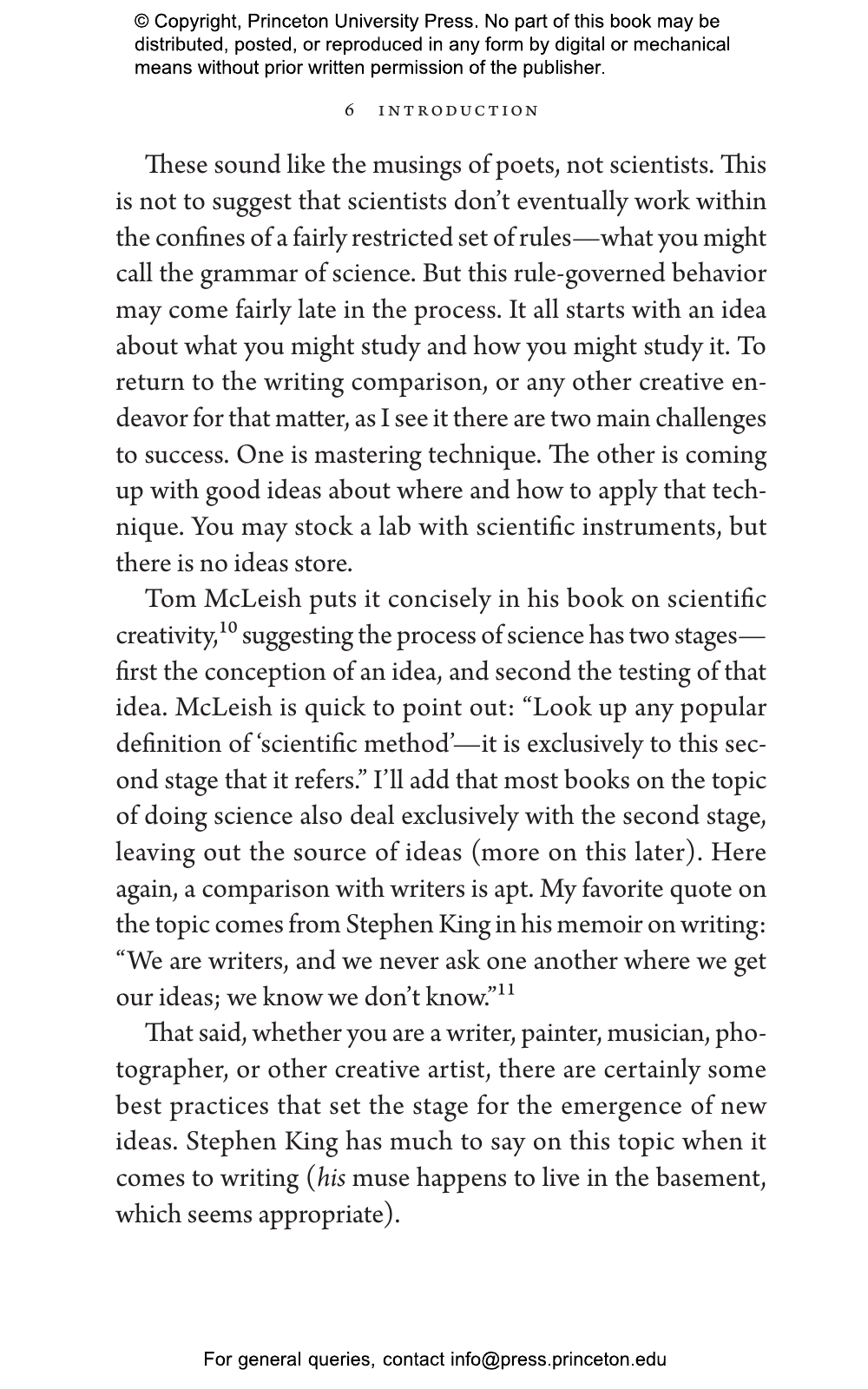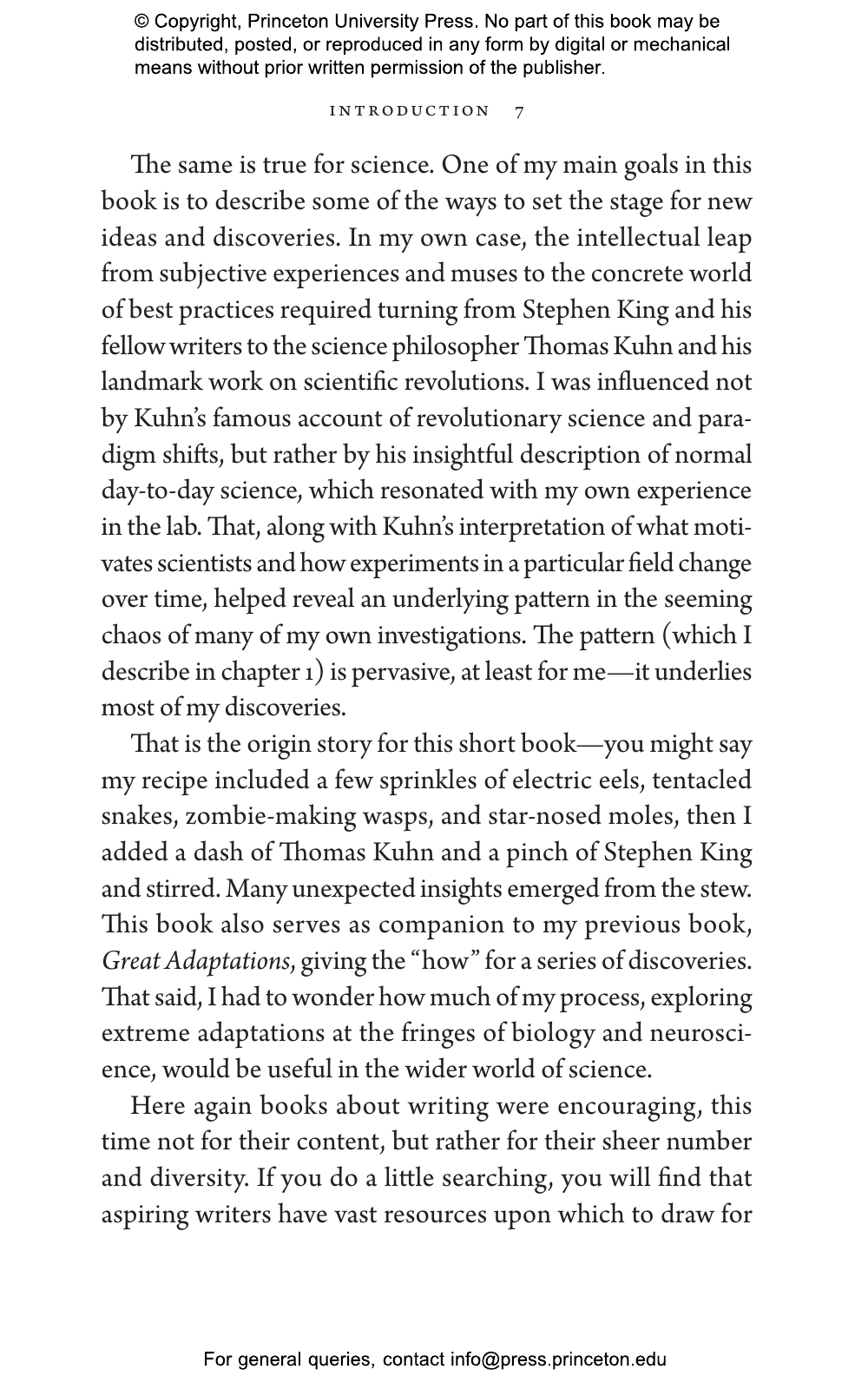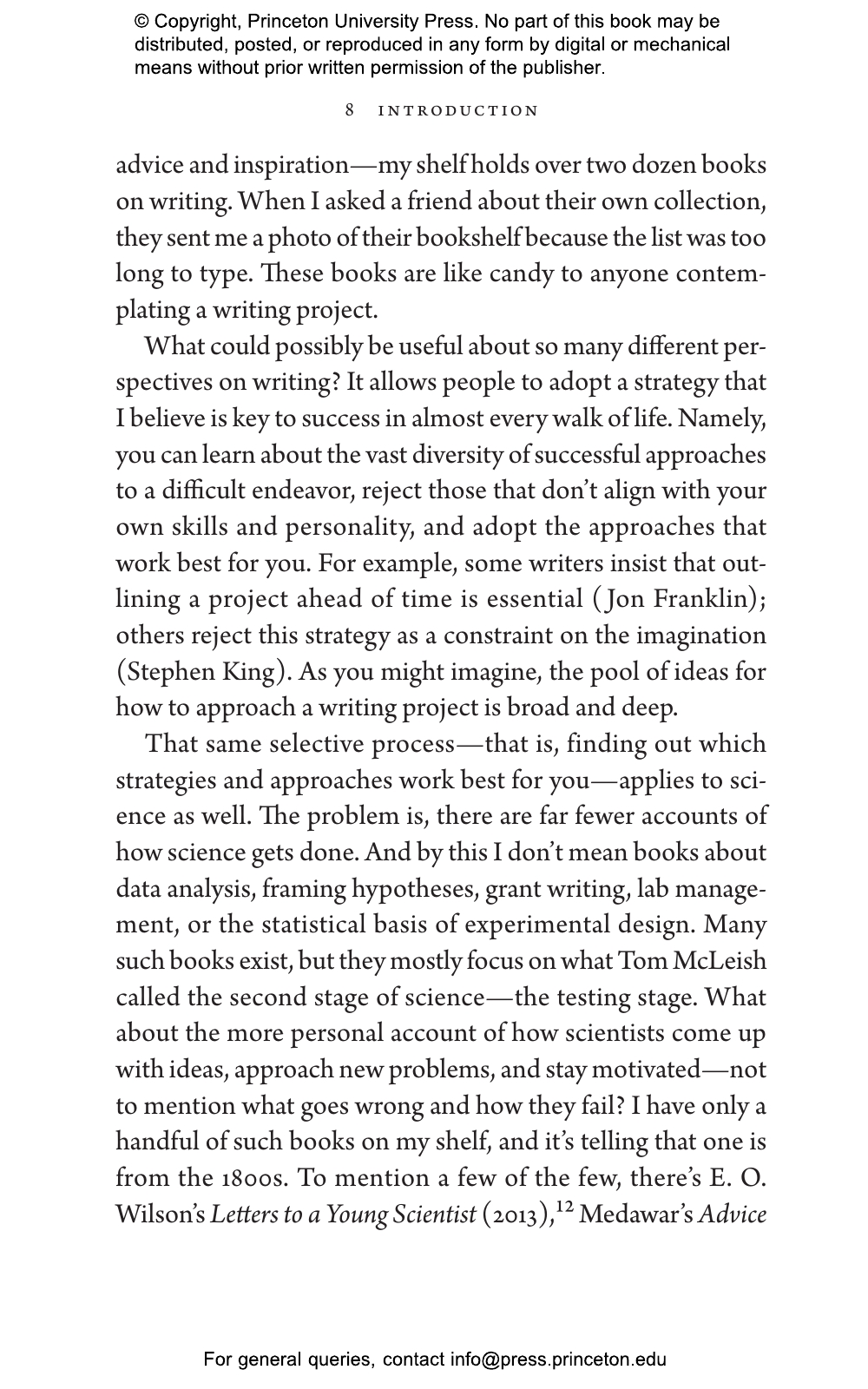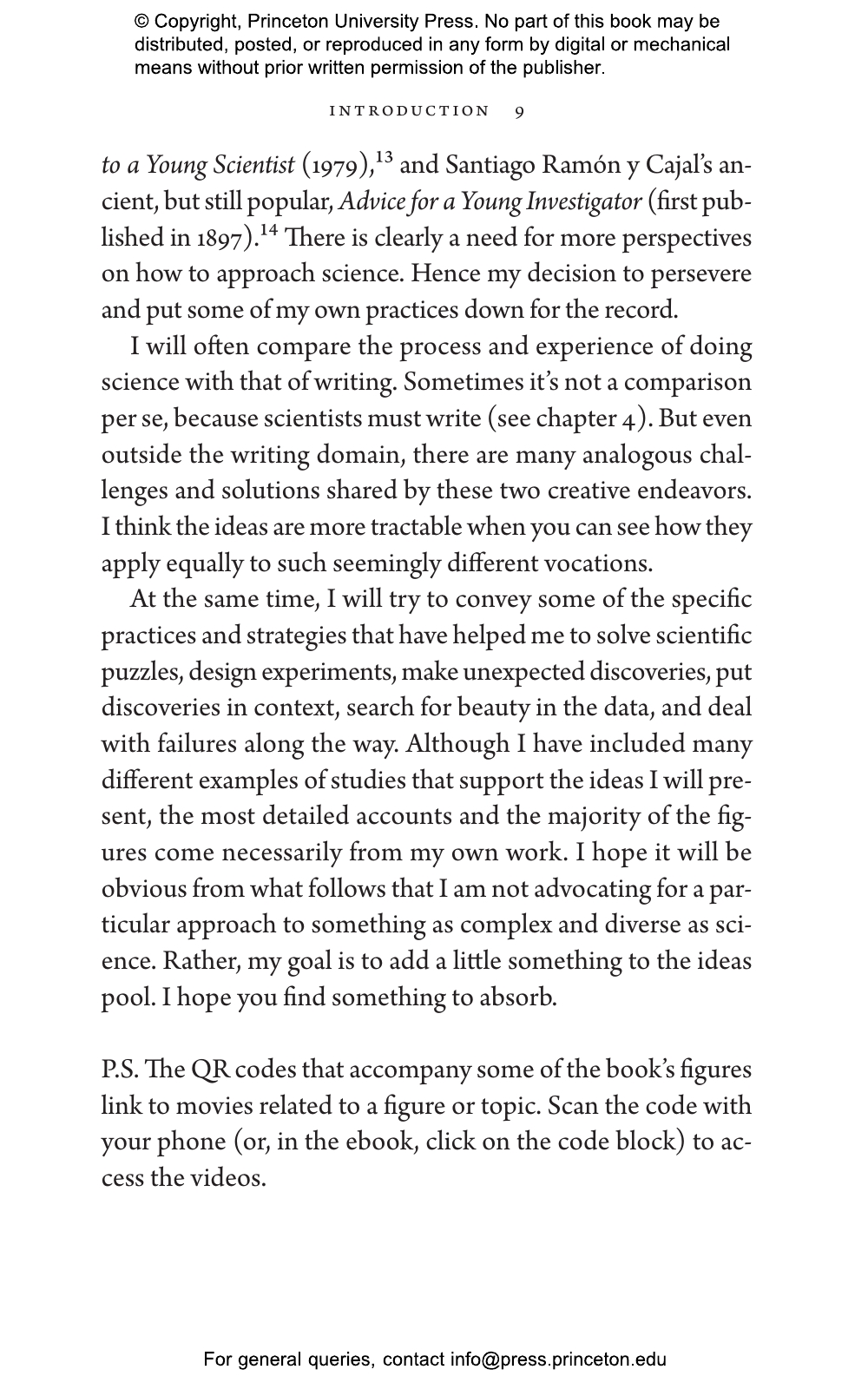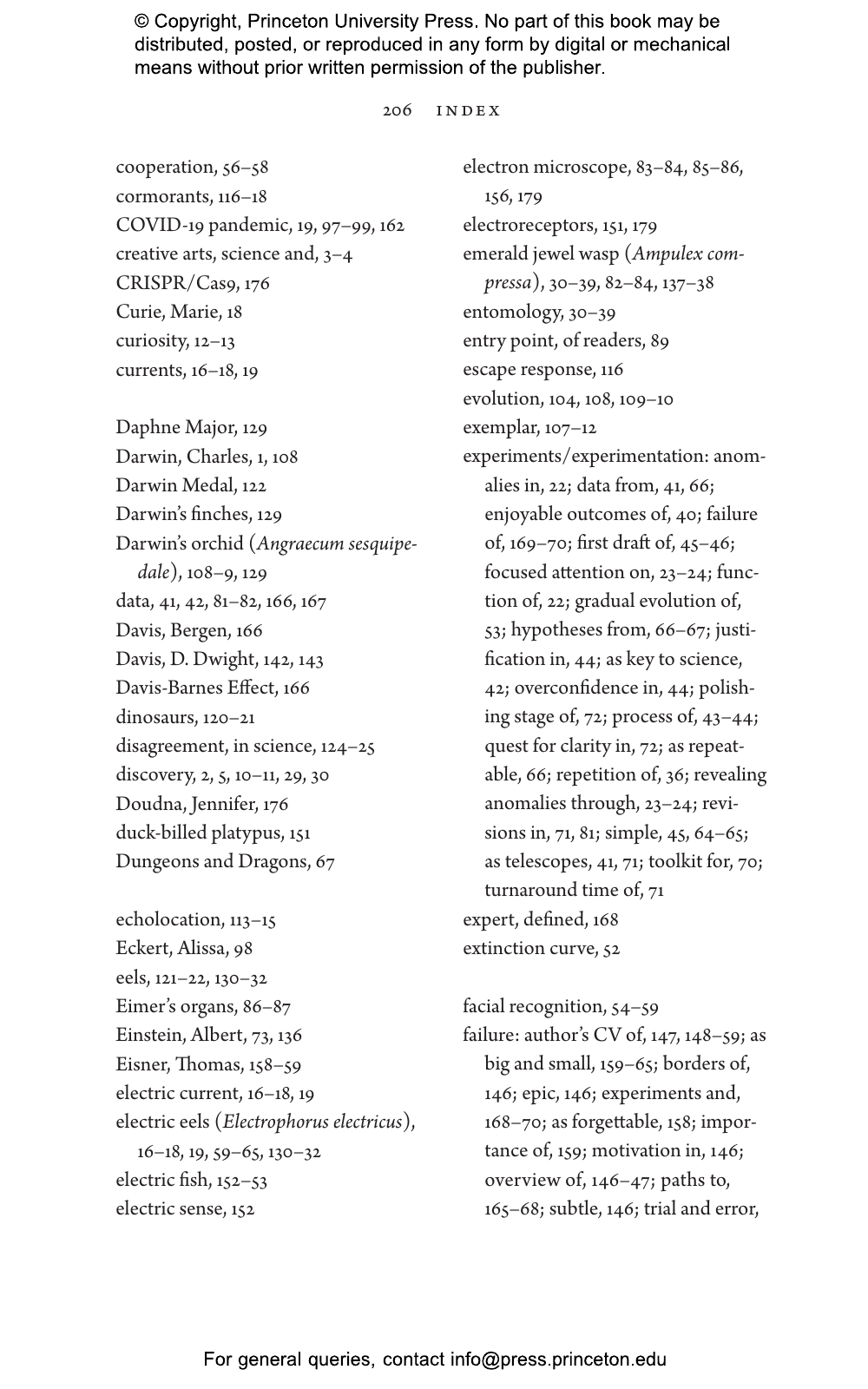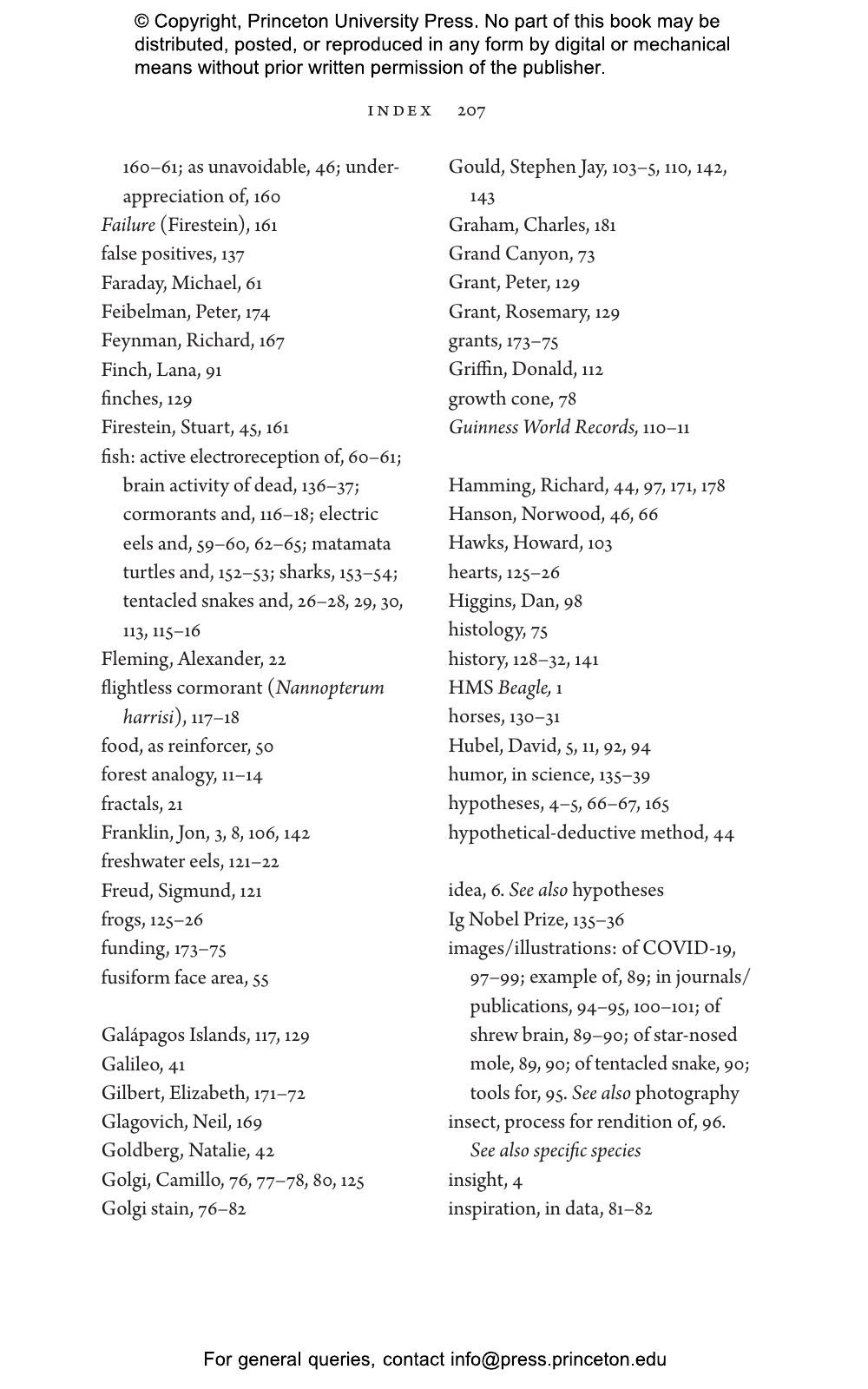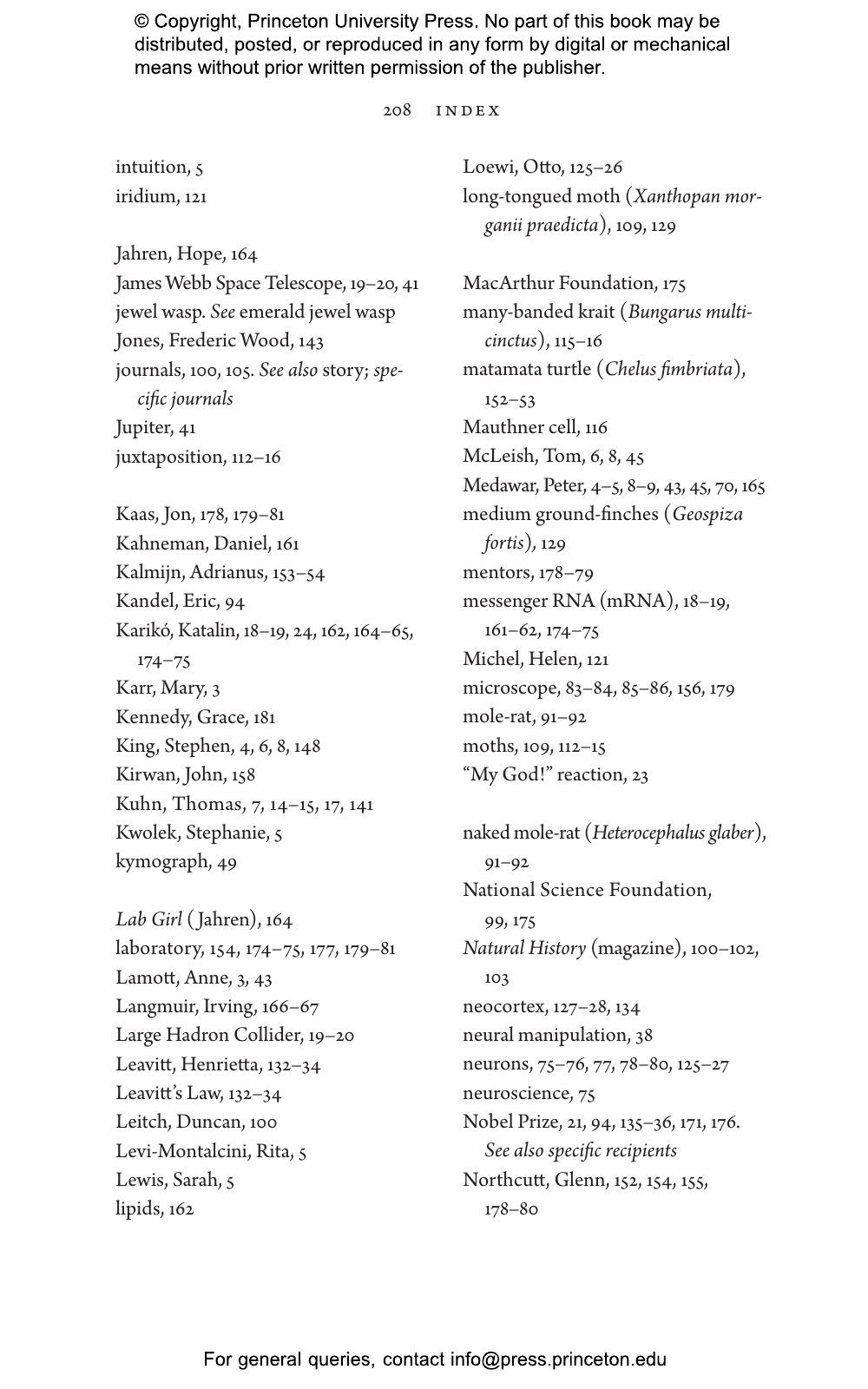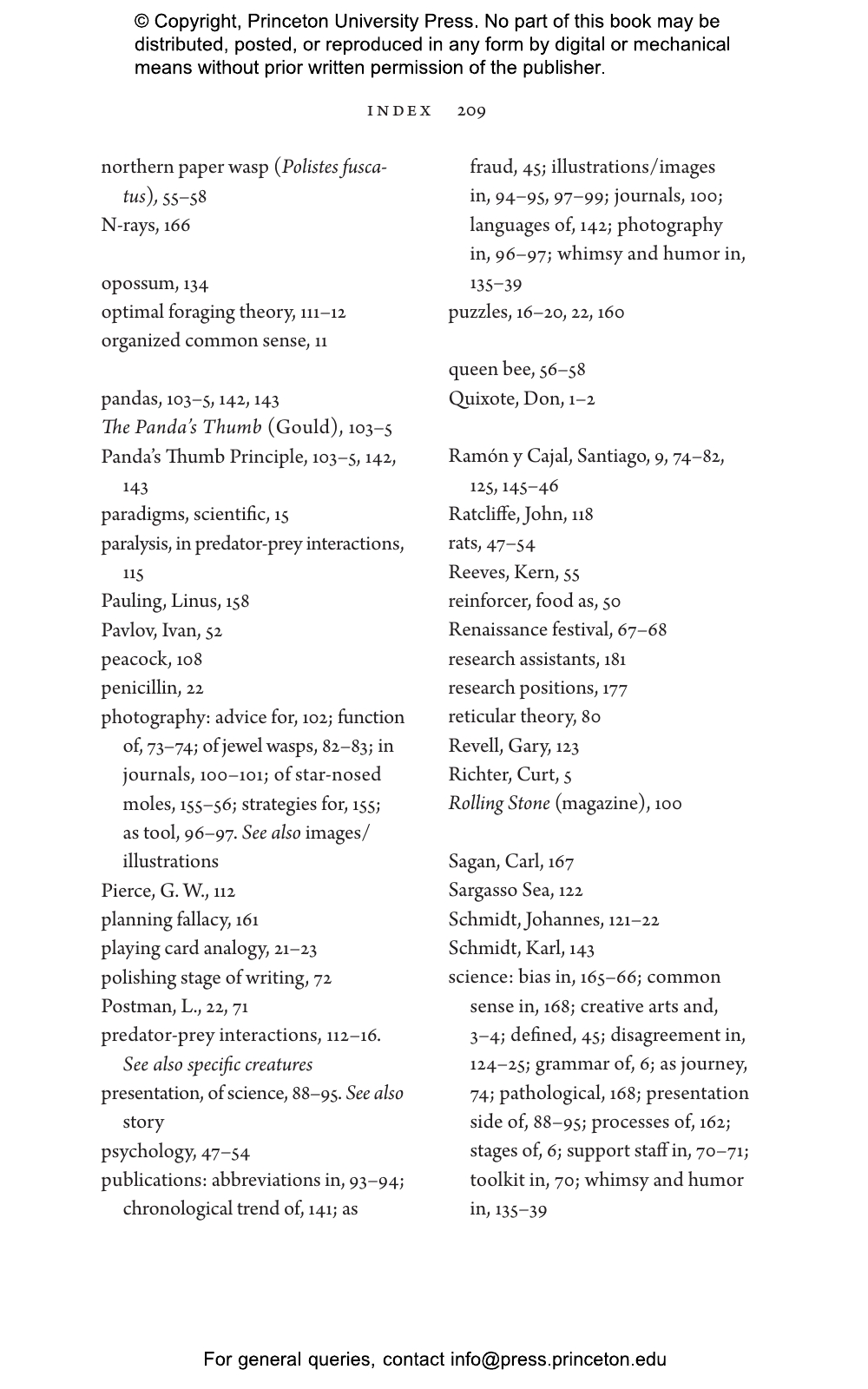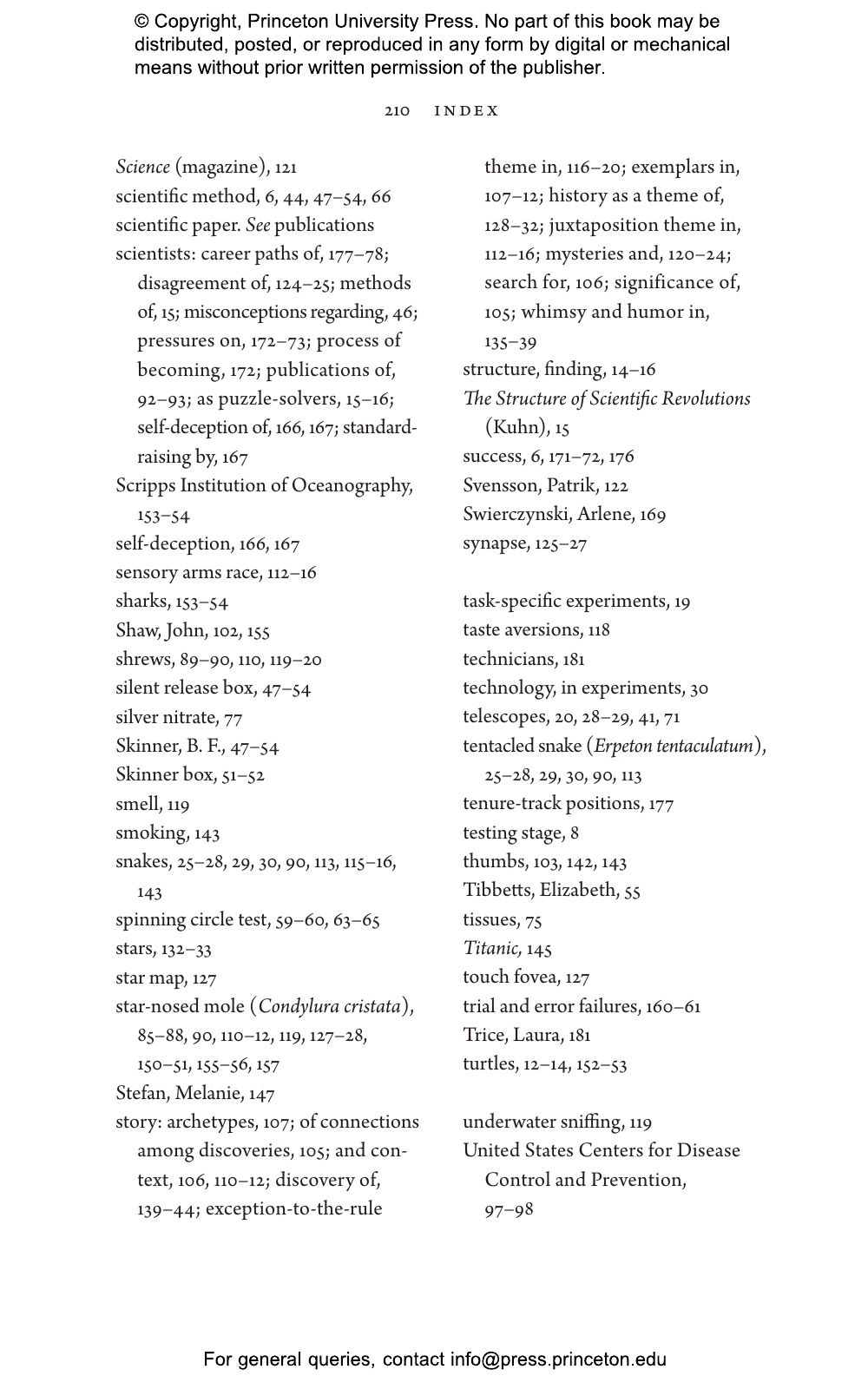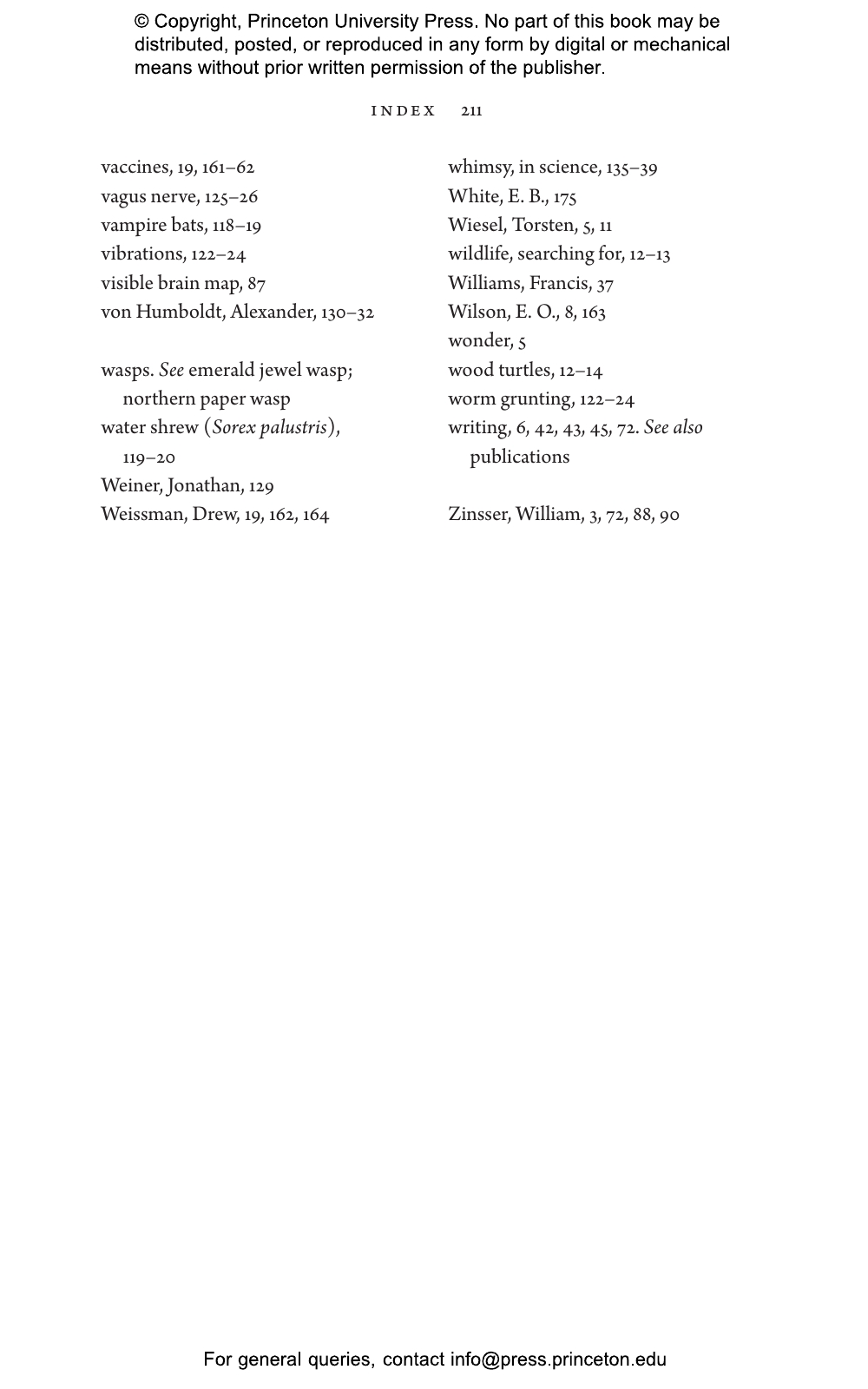Like any creative endeavor, science can be a messy and chaotic affair. On the Art and Craft of Doing Science shares the creative process of an innovative and accomplished scientist, taking readers behind the scenes of some of his most pioneering investigations and explaining why the practice of science, far from being an orderly exercise in pure logic, is a form of creative expression like any other art.
Kenneth Catania begins by discussing how ideas set the stage for scientific breakthroughs and goes on to describe ways to approach experimental design. He sheds light on the importance of art in making discoveries and demonstrates how to find and tell a compelling story about a scientific result while accurately communicating its findings. What role does failure play in science? Is it possible to fail better? How do you define success? Catania provides insights to these and other questions, along the way sharing the lessons he’s learned from diverse figures ranging from science philosopher Thomas Kuhn to novelist Stephen King.
Blending illuminating historical examples with insights from Catania’s own groundbreaking research in biology and neuroscience, On the Art and Craft of Doing Science draws parallels with art and writing to reveal the creative side to the practice of good science.
Kenneth Catania is Stevenson Professor of Biological Sciences at Vanderbilt University. A MacArthur Fellow and Guggenheim Fellow, he is the author of Great Adaptations: Star-Nosed Moles, Electric Eels, and Other Tales of Evolution’s Mysteries Solved (Princeton).
“With humility, balance, and hard-won wisdom, Catania charts a concrete and thoughtful path lined with personal scientific anecdotes about snakes, moles, and eels alongside insights from other minds. This practical guide will inspire many aspiring researchers to critically examine, conduct, and communicate the best possible kind of science: one where both observation and failure drive more questions.”—Ashley Juavinett, author of So You Want to Be a Neuroscientist?
“All aspiring young scientists should read this delightful, clearly written book that captures the excitement of exploring a favored research system. Kenneth Catania shows that focused observation, careful attention to detail, and accurate data recording expose anomalies that when followed reveal important and unique insights. Many examples of this creative, innovative approach are given, ranging from Cajal’s discovery of the neuron and Fleming’s discovery of antibiotics to details from Catania’s own research on star-nosed moles, shrews, electric eels, and zombie-making wasps. A wonderful introduction to research.”—B. Rosemary Grant, author of 40 Years of Evolution and One Step Sideways, Three Steps Forward
“Kenneth Catania tells us the stories of how he made his cool, weird, and wholly unexpected discoveries in the animal kingdom. The result is a wonderful book on how to do biology the fun way: follow your curiosity, make observations, generate questions, design and execute experiments, make observations again. Keep going. There is no such thing as failure if you are learning and enjoying yourself.”—Asif A. Ghazanfar, Princeton University
“A welcome departure from thinking about the textbook version of ‘the scientific method,’ On the Art and Craft of Doing Science instead focuses on the much more creative process of how science actually moves forward. There is something for everyone: early-stage scientists will find insight and suggestions; more experienced scientists, useful pedagogy and awareness of how we apply our craft; and those who do not necessarily work in STEM fields will gain a window into exploring the curiosity that drives the scientist in all of us.”—Theresa Desrochers, Brown University


